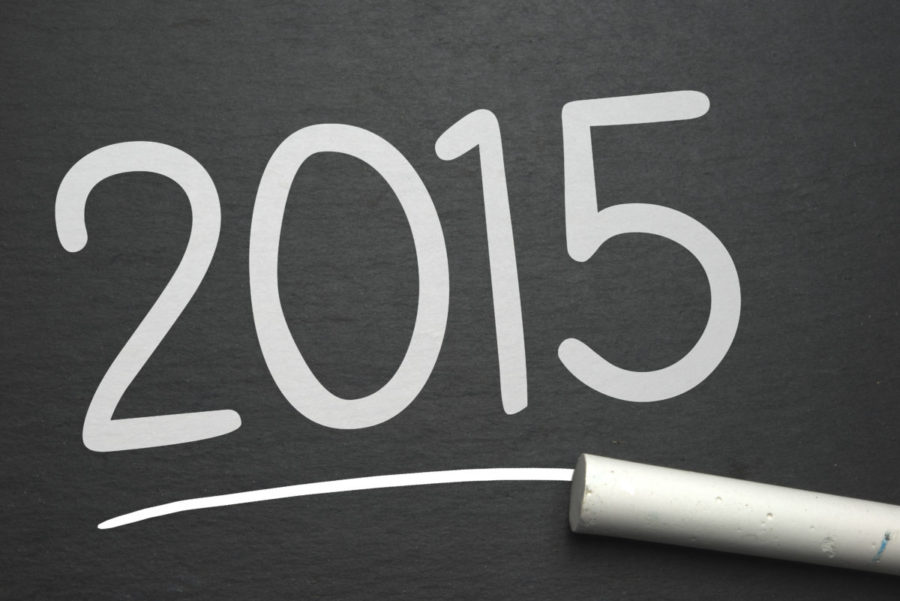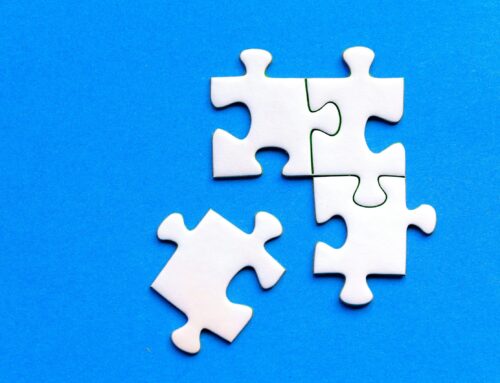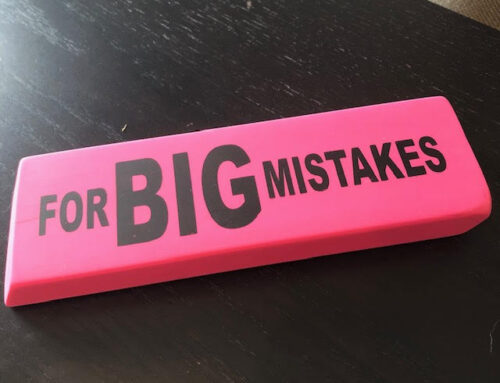As the year wraps up, we find ourselves reflecting on the past 12 months. Many productivity and leadership lessons came out of the top stories of 2015. Here are some of our favourites:
Lesson: Innovation is controversial – but it also leads to growth
There was much controversy surrounding Uber in 2015. As a $51 billion startup, Uber intensified competition, challenged regulations and changed the transportation business model (though use of technology to streamline the link between supply and demand).
No matter what side of the Uber debate you stand on, nobody seems to be debating Uber’s success is due to innovation. Controversy and innovation often go hand in hand because innovation challenges the status quo. Interestingly, the ability to challenge the status quo is one of the characteristics of many top performing companies and leaders.
Matt Wagner of Client Focus wrote, “If you’re doing things the way you always have, you know by now that someone, somewhere is figuring out how to make you obsolete.” Could your team be more innovative in 2016?
Lesson: Less is more when it comes to productivity
A shorter workweek – is it too good to be true? Apparently not. As much as this might be hard to convince Hong Kong (the country which ranks the highest for hours worked), there is evidence that longer days lead to lower productivity. Based on this research, Sweden has actually adopted a six-hour workday.
Maria Brath, CEO of the technology company Brath introduced a compressed six-hour workday to her team of 22 employees three years ago. Not only did employees start exercising and relaxing more during their off hours – their productivity also went up during the workday. They were also more creative and better at solving problems. Brath was able to benchmark themselves against their competition and found they were getting better results. They also had more loyal and happy staff – not to mention their pick of any new team members.
Personal productivity is all about getting more done in less time. Could 2016 be the year where you work fewer hours and get more done?
Lesson: Big goals are made attainable with small steps
December started off on an excellent note for the Maple Leaf’s rookie goalie Garret Sparks. He managed to stop 24 shots and become the first ever Leaf to have a shutout in his NHL debut. In interviews after the game, Sparks was so overwhelmed he was moved to tears. Sparks was quoted as saying that he took the game “five minutes at a time”. He mentioned that after the first five minutes of goal stopping, he really wanted “another five minutes of the same”.
Research shows that small wins boost confidence and momentum. We are highly motivated by past successes. Just like Sparks, people are energized each time they accomplish a portion of the bigger task, moving one step closer to their goal.
If you are feeling overwhelmed by (or procrastinating on) a massive project, break it down into manageable chunks. And just like Sparks, five minutes (or one step) at a time can lead to great results.
Lesson: Nothing drives productivity like a deadline
Toronto hosted the Pan Am games this past summer. Leading up to this momentous occasion, Toronto managed to complete a number of long-awaited infrastructure projects. This included the athletes’ village, a new pool and a number of transportation projects. Did Toronto really need a big event like the Pan Am Games to get these big projects done? The answer is simple: yes. It needed this deadline and the accountability of having the rest of the world watching.
As the Pan Am Games taught us – when we want something done, we need a deadline. Where could you use deadlines to drive productivity? Finding someone you can be externally accountable to can provide a tremendous boost to productivity.
Lesson: A marathon career requires sustainability
Madonna turned fifty-seven years old in 2015 and is still going strong. At the age of 50, during her “Sticky and Sweet” tour, Madonna sang an entire song while skipping rope – a remarkable feat at any age. What allows Madonna to run the marathon of show business? Quite simply – she takes time for recovery. This iconic performer is notoriously serious about her diet and exercise regime.
What lessons can we learn from Madonna and transfer into a long and successful career? We must work at a sustainable pace. In an attempt to compete, get everything finished and accomplish more, many executives and professionals don’t take time for recovery until they are forced to. Absenteeism due to sickness and burnout are at an all-time high. However, the most effective way to sustain high performance is to work at peek productivity and take time for exercise, sleep and breaks.
Beyond her talent, Madonna is a savvy business women and smart marketer. As she completes her tenth world tour in 2016, we know she will entertain, shock and surprise us. However, there is no doubt she will also manage her energy so we will still be dancing and singing along for years to come.
Lesson: High performance teams bond together and have fun
During the 2015 Baseball season, people across Canada rallied around The Toronto Blue Jays. Some workplaces (like Canadian Tire) even gave time off to watch pivotal games. The Blue Jays won the American League East Division, ending the longest playoff drought in North American professional sports. While they didn’t make it into the playoffs, they made it further than any of the teams before them in over twenty years.
Professional sports teams are great examples of individuals who pull together and collaborate at elite levels to win. Every individual is critical for a winning formula. Whether we are cheering on another team or bonding together for our own cause, this can lead to a productivity boost.
Most importantly, high performance teams commit to having fun while delivering great results. Let’s hope the next round of playoffs comes sooner rather than later. When they do, take advantage of the opportunity to bond as a group, get to know each other and have some fun.
Lesson: Take time to celebrate
The British Royal Family welcoming another member to their ranks with the birth of Princess Charlotte on May 2, 2105. People around the world paused to publically revel in this good news. And countless more (albeit less public) celebrations were happening around the world with all of the other new babies. Few things unite people like a good reason to celebrate.
However, for some reason, companies fail to pause and celebrate. Teams charge right into the next project, barely pausing long enough to wrap up the first. The vast majority of employees report receiving no recognition over the past year. In a time when workplace engagement is pretty low, any chances to celebrate hardly seem like good things to skimp on. Celebrations and recognition can be done in a low-cost with not a lot of time. Is 2016 the year for your workplace to spend more time celebrating and recognizing great results.
Lesson: Great visions rally teams
Canada went through a federal election in 2015. This was the longest and most expensive federal election in Canadian history. While only one party ultimately “won”, every party walked away with some wins. The most admirable part that was visible within every party was how much each and every member was willing to put their full heart and soul into their cause. Every team rallied around their vision. This clarity of purpose is the single biggest motivator for teams.
Unfortunately, far too many teams in the corporate, professional and government ranks are not grounded in a compelling and clear vision. As a result, people end up squandering energy on tangential tasks. They don’t bring their full energy and enthusiasm to the job. And they don’t feel as connected to the team and purpose as they could. Teams could learn a lot from federal parties. Begin with a solid vision and great results will come.
Lesson: People will step up when needed
The Syrian refugee crisis is heartbreaking. And as much as it is gut wrenching to see people struggling, there is some small comfort in seeing all of the living angels rallying to help. There are countless examples of generous donations, people taking others into their homes, reuniting families and standing up to violence.
The biggest lesson is the extent to which people will step up, rally together and help when they are called upon. When there is a compelling purpose and a call to action, people will often amaze you with their contributions. Nothing renews one’s faith in humanity more than seeing so many people rally around this crisis. Where else could we recruit awe-inspiring contributions and efforts?
What were your top lessons from 2015? We’d love to hear from you. In fact, learning from each and every one of our readers has always been our greatest source of wisdom.








Leave A Comment